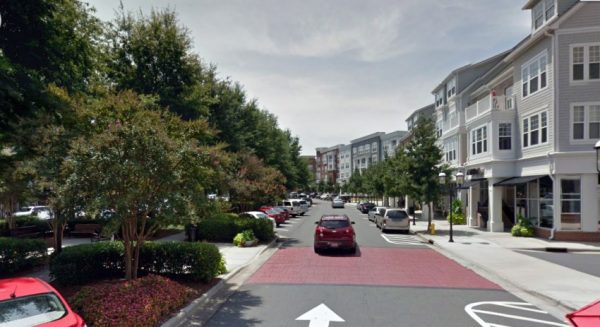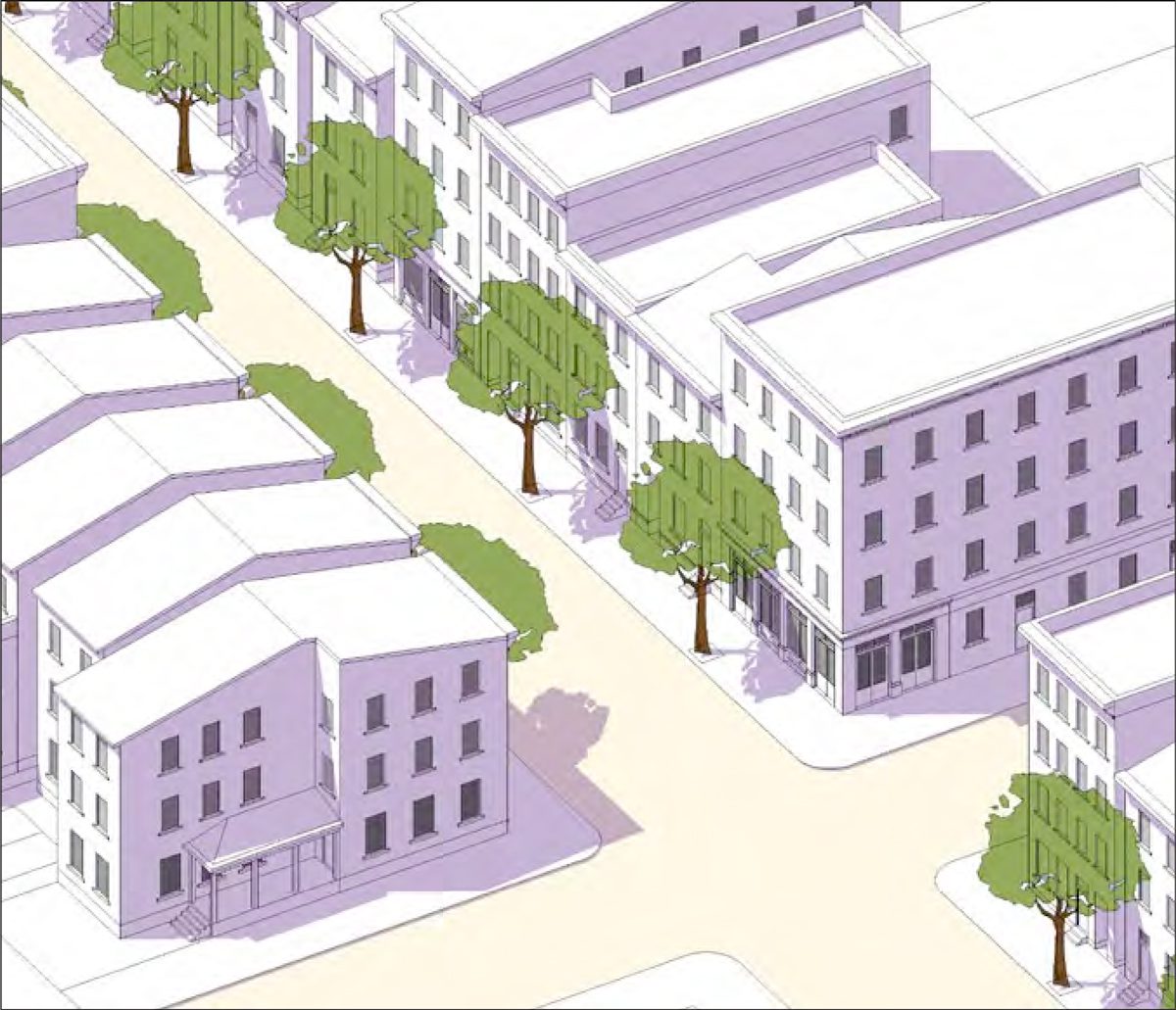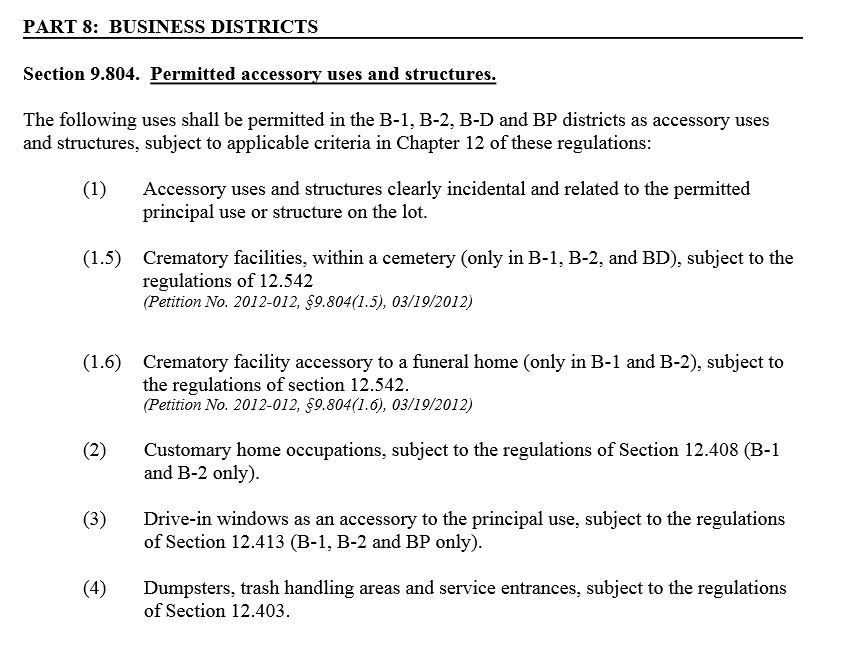So, what exactly IS a form-based code and why should anyone care?

Since the invention of zoning codes early in the 20th century, they have focused on separating uses. Houses could not mingle with offices or stores or apartments, and offices could not mingle with shops or factories, no matter how small or unobtrusive the factory. Apartments over stores were banned. Buildings were required to be set back 30 or more feet, which in effect banned stores fronting along sidewalks on city streets.
|
More about form-based codes Public events:
Learn more about form-based codes:
|
But by the end of the 20th century, many cities and towns wanted something different. They realized their zoning ordinances forbid the kind of pedestrian- and transit-oriented development their plans were calling for, the kind of areas once common in America – examples would be historic Charleston, Boston’s Beacon Hill and the beloved 18th- and 19th-century downtowns scattered across the country.
Was it time for a new approach to zoning codes? That was the thinking behind the creation of form-based codes.
Charlotte’s Planning Department is launching into a multiyear rewrite of the city-county zoning ordinance. Planners have said they’d look at whether to incorporate a form-based code.
To help educate the development community, elected officials, neighborhood leaders and community stakeholders about form-based codes, the Piedmont Public Policy Institute, an arm of the Real Estate and Building Industry Coalition, asked two academics to produce a report about the codes. The two are David Walters, professor emeritus of urban design at UNC Charlotte, and Dustin Read, formerly head of UNC Charlotte’s Center for Real Estate and now assistant professor of real estate at Virginia Tech.
A community conversation about that study will be Wednesday, Nov. 19, 1:30-3 p.m. at the UNC Charlotte Center City Building.
PlanCharlotte interviewed Walters about form-based codes and his study. His remarks, edited for brevity and clarity:
PlanCharlotte: First, some basics for people who aren’t planners. What’s the difference between a plan and a code?
David Walters: A plan is a vision. A code is the legal mechanism to implement that vision. Sometimes communities make plans, but the zoning is never altered to match the plan. What gets built conforms to the code – because it has to, legally – but not to the plan.
What is much more normal now nationally is that when neighborhoods or districts do an area plan, the zoning code then formalizes the plan’s elements as legal instruments. Too often, though, that doesn’t happen in Charlotte, and Charlotte’s not alone in that. Many cities have a history of community plans being toothless and ignored by developers and elected representatives.
PlanCharlotte: What’s a form-based code?
Walters: Form-based codes are tools communities and developers can use to create the kind of walkable urban neighborhoods that are most in demand in today’s market.
Form-based codes are developed in consultation with neighborhoods, planning staff and developers, and are based on design principles taken from the traditional places found in American towns and cities. Much more than conventional single-use zoning, they focus on the public spaces between buildings – streets, parks, plazas, boulevards, etc. Form-based codes provide predictability, because – if the design of a development conforms to the code – they are set up to allow development to take place by-right instead of with a political rezoning. In that way the codes offer a good opportunity to bridge the divide between neighborhoods and developers, who, in the process of the past 70 years of suburban expansion, have become de facto enemies.
Q. But can’t you build walkable neighborhoods without a form-based code?
A. A form-based code puts urban character – the sense of place, how a place looks and feels – before the details of how the buildings are being used. This lets communities and developers come up with a clear vision of the neighborhoods so they can accommodate change – so the area stands the test of time.
Q. How is a form-based code different from a typical zoning code?
A. A typical, conventional zoning code puts microscopic details of use before every other consideration. For example, if you have land zoned for offices, you can’t put anything else there without a rezoning, and the rezoning process usually has few clear design parameters that are predictable and fair to all parties. Conventional zoning codes focus on the use of the land, with little thought to the appearance of what gets built. Because design is way down the list of criteria, most places in most American towns have come to look exactly the same.
A form-based code relies more heavily on by-right development that meets the standards the community has adopted. If a development proposal meets the code, elected officials don’t have to vote on it. Developers know those votes can be unpredictable. A form-based code requires buildings to have a certain form and relationship to other buildings and to the street but doesn’t focus as much on what the building is used for. Maybe it starts out as offices but later becomes shops or apartments. Many developers are on board with this idea because it provides predictability on which to base market decisions.
Q. But if conventional zoning ignores design, wouldn’t that provide more freedom to have lots of different designs, instead of everywhere looking the same?
A. No. Conventional zoning is so full of restrictions that everything ends up being formulaic. Zoning has evolved so that it focuses on space for automobiles first, and people way down the list. Form-based codes put people first and are based on timeless design principles from America’s historic urban tradition of great neighborhoods and small towns. They aim to create places where people feel at home, places that will become part of America’s future heritage.
Q. If a regular Joe or Jane compares a conventional zoning code and a form-based code, how could they tell the difference?
A. Good form-based codes are based around diagrams and images that describe the character of a neighborhood, whether it’s rural, suburban or urban. Conventional zoning is full of numeric formulas and legal language, with few ways to understand what a place that’s built under the zoning might end up looking like.
Q. Do places in cities and towns with form-based codes look different?
A. There are few places in America that are fully covered by form-based codes. The codes tend to work best as part of area plans for neighborhoods and districts. Charlotte’s South End has developed partly under a form-based code; the Transit-Oriented Development (TOD) zoning overlay has many elements of a form-based code.
The example in this area that most people will be familiar with is Birkdale Village in Huntersville. A form-based-code transformed what would have been a giant parking-lot/power-center development into a successful, mixed-use, walkable destination.
Q. You mean the developers wouldn’t have done Birkdale if the code hadn’t required it?
A. The original developers didn’t want to go by Huntersville’s code. So they sold the land, and Crosland bought it. Crosland deserves credit for taking a gamble, and it paid off handsomely.
Q. What places in the Charlotte area have form-based codes?
A. Belmont, Davidson, Cornelius, Huntersville, Locust – in those towns the whole ordinance was rewritten around form-based elements. Charlotte has some elements of form-based zoning in its transit-oriented districts and PED (Pedestrian Overlay District).
Other N.C. places with form-based codes are Knightdale, Wake Forest, Wendell and Jacksonville. Raleigh used form-based elements in its recent, massive ordinance rewrite.
Most of the time cities use hybrid codes, because there are places where there is no point in going in and changing to a form-based code: warehouse districts, existing single-family subdivisions, etc.
Other cities with form-based codes include Cincinnati, Miami and Nashville. Parts of Denver’s code are form-based. Nashville, a competitor city to Charlotte, has a very effective form-based code – an overlay – which developers have used to great advantage and with good community results. Developers and the community have both embraced it – although I’m sure not quite as harmoniously as they would have us believe.
Q. What are some pitfalls with a form-based code?
A. The first is a badly written code. They exist, unfortunately.
The second is ad-hoc add-ons by planning staffers, based on their personal preferences, such as extra demands on design, or holding community outreach for projects that already meet the community requirements. When a planning officer says, “I want you to use brick,” even if the code doesn’t require it, that can become a de facto condition. This infuriates developers.
Third is when local politicians are reluctant to give up opportunities to intervene. I don’t want to say “meddling,” but that’s what I mean: meddling in matters that should be by-right entitlements under the code that those same elected officials adopted.
The fourth pitfall is that neighborhoods will participate in public input meetings before the code is adopted, but after it’s adopted and developments are proposed that meet the code, neighborhoods say, “Oh, I didn’t know it would look like that!” Or maybe not everybody in the neighborhood came to the meetings before the code was adopted, and someone finds out something is proposed near them and they get in touch with their city council member. Intervention by neighborhoods and elected officials to stop or limit projects that meet the code – that’s a really legitimate complaint developers have.
Form-based codes hold developers to a much tighter set of rules about the design of their project. If they’re going to accept those rules they want a guarantee that the municipality will honor its own code.
Q. This is fine for developers of mixed-use buildings, but what about those whose business model is based on single-use, conventionally designed projects like single-family housing in subdivisions?
A. That kind of development is not the primary focus for form-based codes. The codes work best when you’re implementing more complex development situations.
Updating street design guidelines – requiring sidewalks or pedestrian connections – can do more to improve the quality of place in many single-family-housing subdivisions than any design regulations for single-family homes.
Q. Is there evidence form-based codes are good, or bad, for a local economy?
A. There’s plenty of evidence that they’re related to higher value, more economic development and an increased housing supply. In Nashville, for example, it’s spurred development and considerably increased economic activity.